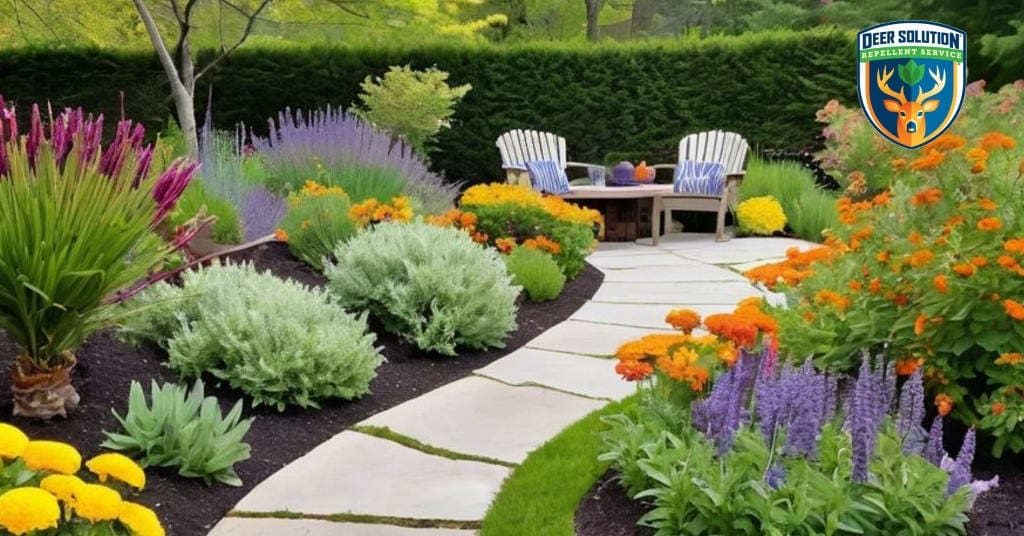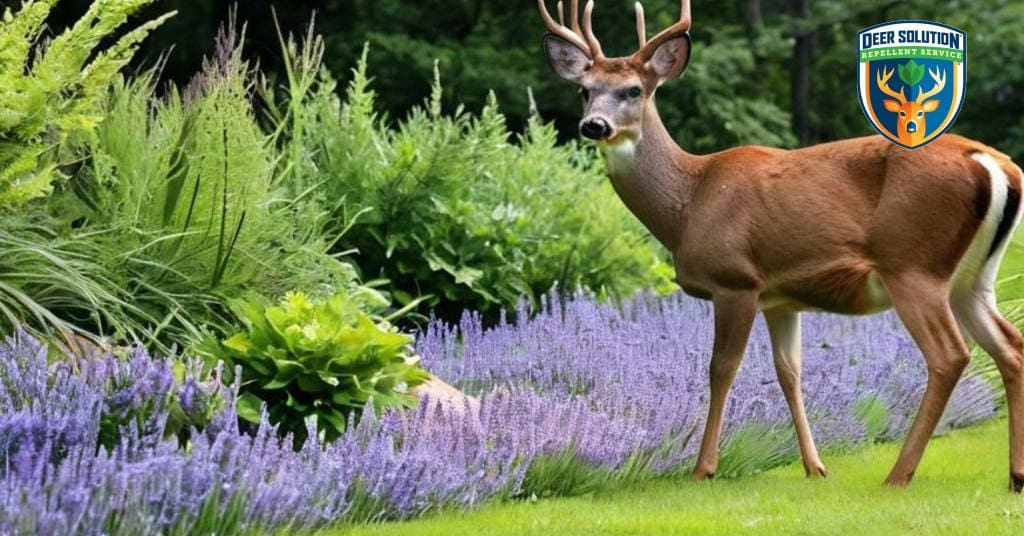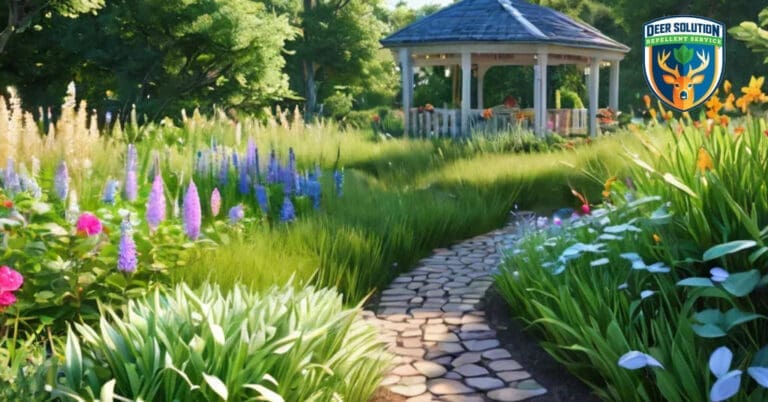Gardeners often find themselves pondering the question: do deer eat Wood Sedges? As we explore this topic, we’ll uncover insights about these versatile ground cover plants and their relationship with local wildlife. Wood Sedges, known for their adaptability and lush appearance, have become increasingly popular in landscape designs. But how do they fare when deer are frequent visitors to your garden?
Understanding Wood Sedges
Wood Sedges, belonging to the genus Carex, are grass-like plants that thrive in various conditions, from shady woodlands to sunny meadows. Their resilience and low-maintenance nature make them appealing to gardeners seeking sustainable landscaping options. These plants typically form dense clumps or spreading mats, offering excellent erosion control and adding texture to garden beds.
The Deer Dilemma
When it comes to deer browsing habits, Wood Sedges present an interesting case. While no plant is entirely “”deer-proof,”” many gardeners report that deer tend to show less interest in Wood Sedges compared to other garden favorites. This reduced appeal might be attributed to several factors:
- Texture: The leaves of Wood Sedges are often coarse or rough, which may be less palatable to deer.
- Taste: Some Wood Sedges contain compounds that deer find unappealing, though this can vary among species.
- Scent: Certain varieties emit subtle aromas that might deter deer from browsing.
Ecological Benefits Beyond Deer Resistance
While considering whether deer eat Wood Sedges, it’s worth noting the broader ecological value these plants offer. Wood Sedges play a crucial role in supporting local biodiversity:
- Wildlife Habitat: They provide shelter and nesting materials for small animals and insects.
- Soil Health: Their root systems help prevent erosion and improve soil structure.
- Water Management: Many Wood Sedges are adept at managing excess water, making them valuable in rain gardens.
Cultivating Wood Sedges in Deer-Prone Areas
For those wondering, “”Do deer eat Wood Sedges?”” and considering incorporating these plants into their landscapes, here are some tips for success:
- Choose Native Varieties: Local Wood Sedge species are often more resilient and better adapted to regional conditions.
- Strategic Placement: Consider planting Wood Sedges near areas of human activity, which deer might avoid.
- Companion Planting: Surround Wood Sedges with other plants that deer tend to avoid, creating a less appealing browsing area.
- Proper Establishment: Well-established plants are generally more resistant to browsing. Provide adequate care during the first growing season.
Seasonal Considerations
The likelihood of deer eating Wood Sedges may vary with the seasons. During harsh winters or periods of food scarcity, deer might browse on plants they typically avoid. Monitoring your garden throughout the year and adapting your strategies accordingly can help protect your Wood Sedges and other plants.
A Natural Approach to Garden Harmony
While Wood Sedges offer a promising option for deer-resistant ground cover, maintaining a thriving garden in deer-prone areas often requires a comprehensive approach. Considering professional services that specialize in eco-friendly deer management can provide additional support. Deer Solution, for instance, offers tailored, environmentally conscious strategies to help protect landscapes from deer damage, complementing the natural deterrent properties of plants like Wood Sedges.











